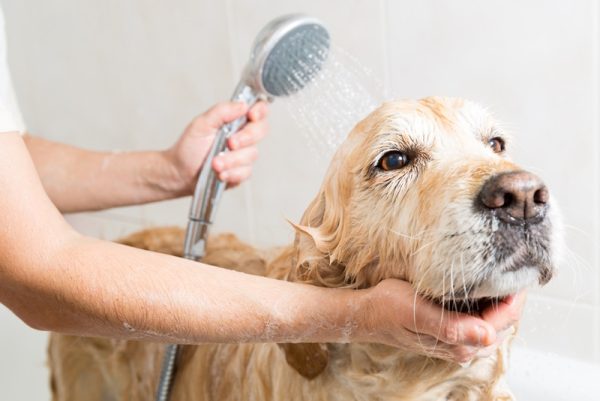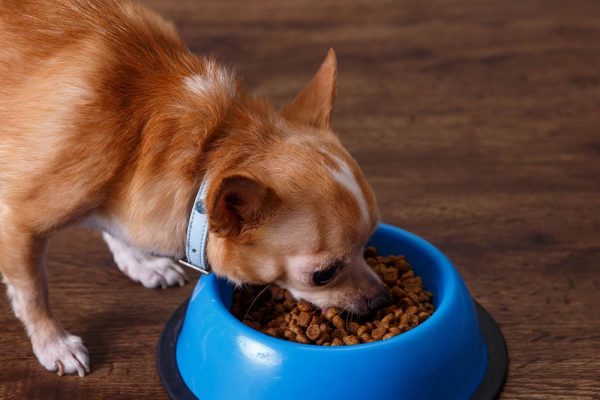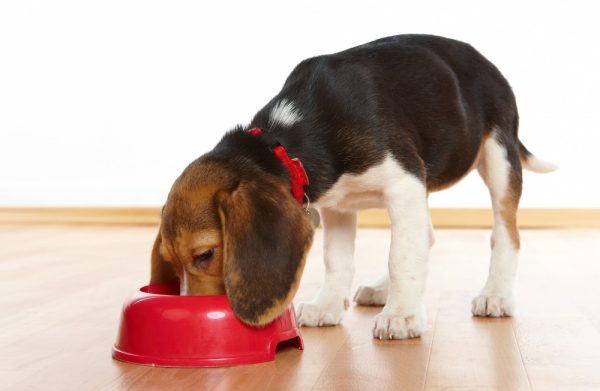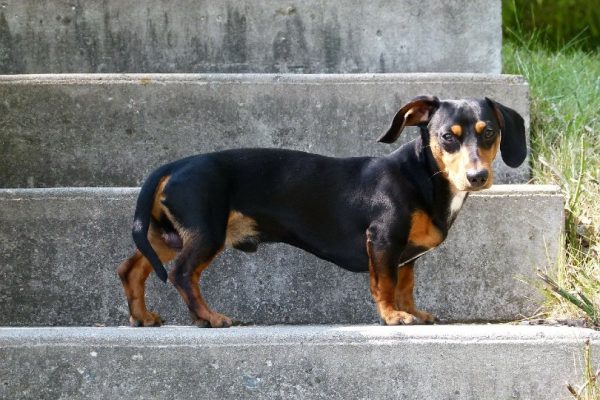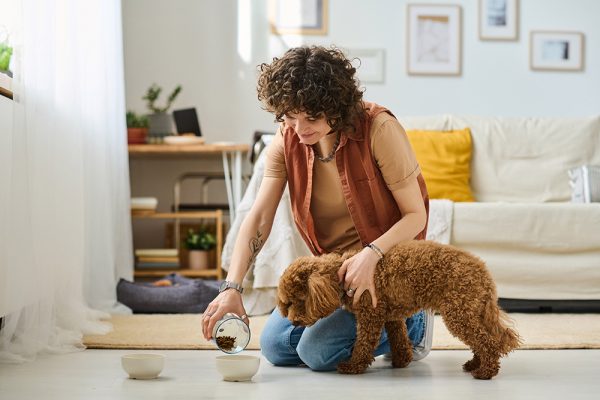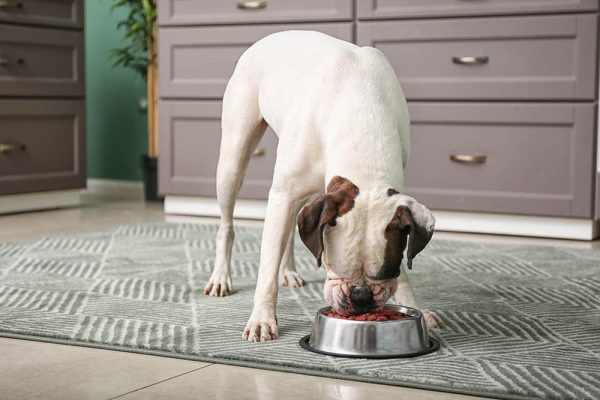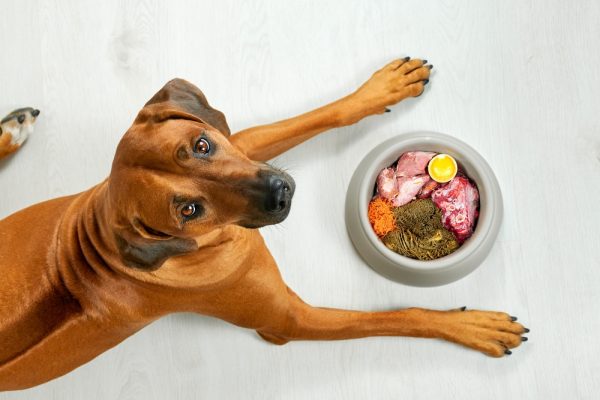The National Dog Show is a conformation event that’s authorized by the American Kennel Club and the Kennel Club of Philadelphia. The show takes place on Thanksgiving every year and features seven dog breed groups that compete. The top dog in each group goes on to compete against one another in the championship Best in Show event. Here are the seven dog breed groups that you should know about for the National Dog Show.

How Are National Dog Breed Groups Classified?
Dog breeds are designated to one of seven different groups based on their characteristics and the functions that they were bred for in the first place. For example, dogs in the Working Group were specifically developed to perform various tasks for their human companions.

The 7 National Dog Show Breed Groups
1. Terrier Group

| Origin: |
Nearly every Terrier breed originated in the United Kingdom. The three exceptions are the American Hairless Terrier (Louisiana, United States), the Australian Terrier (Australia), and the Miniature Schnauzer (Germany).
|
| Lifespan: | 10–16 years |
| Weight: | 13–90 pounds |
Terriers are well-known for their vermin-hunting capabilities. They typically hunt rats, but some are also trained to go after otters and anything else that moves and is smaller than them. Many terriers make great watchdogs due to their protective nature and attentiveness. They are considered to have determination and spirit and are typically confident, courageous, and eager to please. Most owners describe their dogs as spunky, energetic, and sometimes a bit stubborn.
2. Toy Group
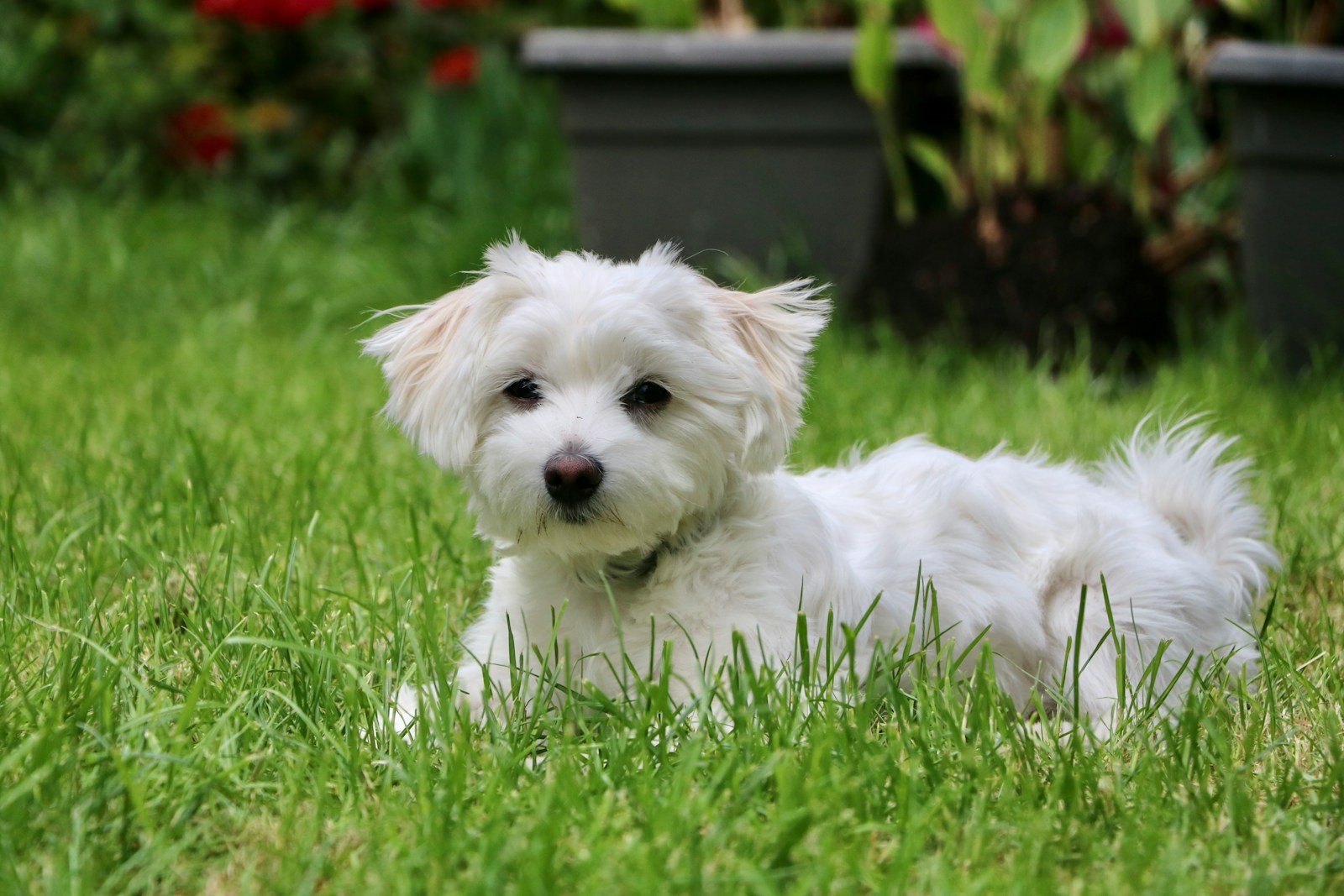
| Origin: |
Members of the Toy Group hail from multiple countries, including the U.K., Australia, Canada, New Zealand, and the United States.
|
| Lifespan: | 12–16 years |
| Weight: | 3–14 pounds |
Dogs categorized into the Toy Group are small in stature, but they sure aren’t short on personality! Most toy dogs are extremely affectionate and loyal and are often called lap dogs. They tend to be adaptable and can do well in apartment and house settings. They get along well with kids and are generally manageable for seniors. They don’t need much exercise and tend to be independent, so they don’t mind spending time at home alone.
3. Working Group
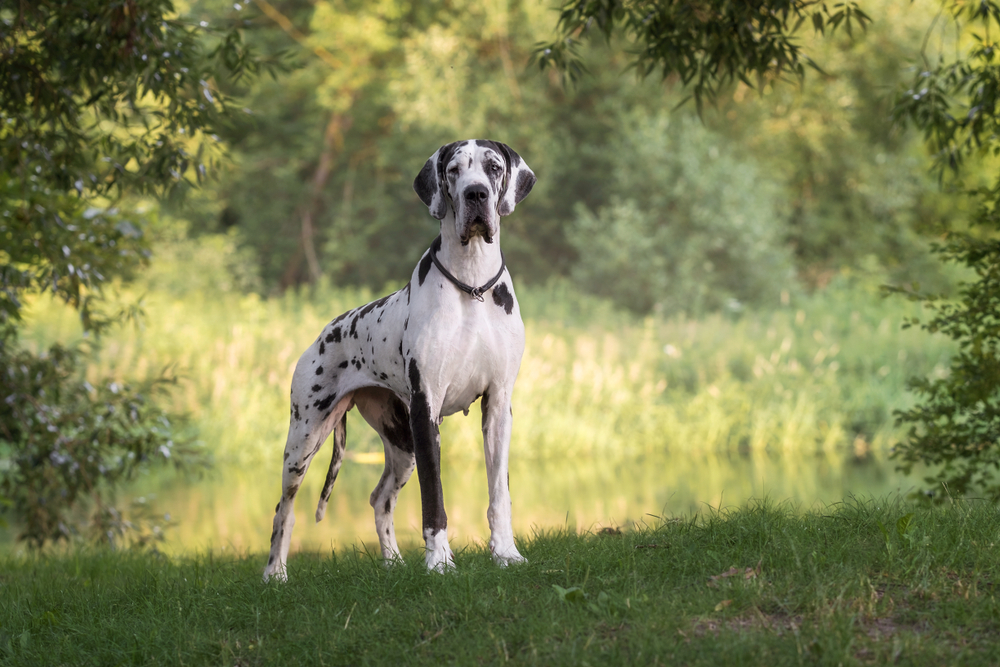
| Origin: |
Dogs from the Working Group come from multiple countries, including Japan and the United States.
|
| Lifespan: | 8–14 years |
| Weight: | 40–110 pounds |
Dogs that belong to the Working Group are hardy, agile, athletic, and hard-working. These highly intelligent dogs know how to problem solve and can perform a whole host of jobs, such as sled pulling, guarding, rescuing, and hauling goods. While these dogs are great at working, they can also make ideal companion animals if they get enough daily exercise and have opportunities for adventure. They are protective over property and companions, so they must be well-socialized as puppies.
4. Sporting Group
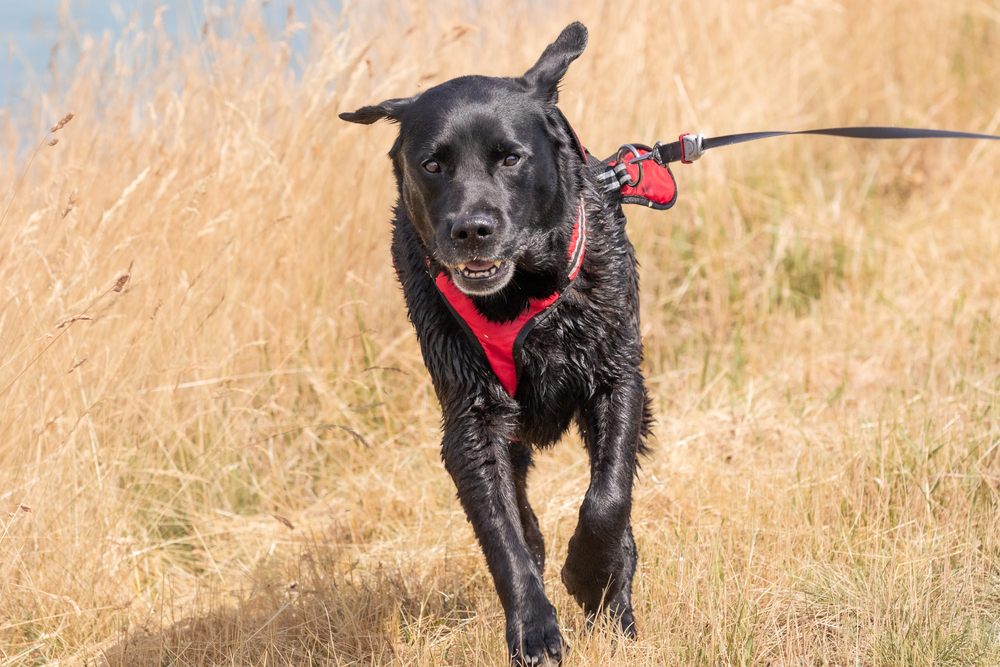
| Origin: |
The Sporting Group is composed of dogs from multiple countries, including Germany and the United States.
|
| Lifespan: | 8–15 years |
| Weight: | 45–80 pounds |
Dogs in the Sporting Group were bred to help human companions hunt in some fashion. Retrievers typically help hunt waterfowl, which is why they’re such good swimmers. Spaniels and Pointers work more on land, where pheasants and other land birds can be found. Most dogs in this group have thick, weatherproof coats that require regular maintenance to keep shedding to a minimum indoors. Due to those protective coats, though, they can handle harsh outdoor conditions. A few breeds that belong to the Sporting Group are:
5. Hound Group
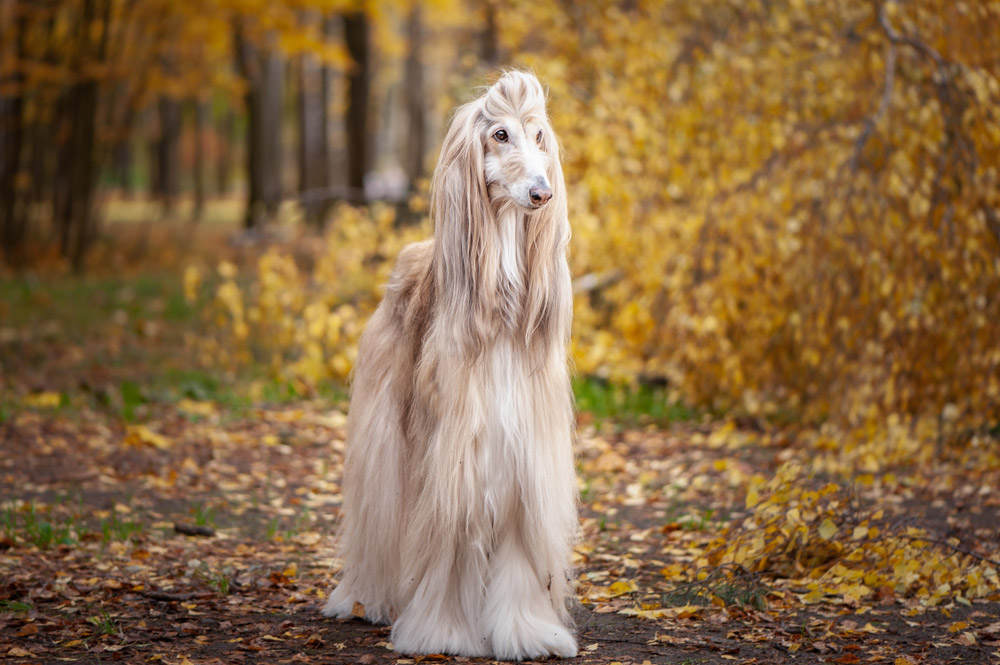
| Origin: |
Many dogs from the Hound Group hail from Europe, but they have been developed in other areas, including the Americas.
|
| Lifespan: | 8–14 years |
| Weight: | 50–110 pounds |
Most dogs in the Hound Group come from genetic lines that were used for hunting, especially picking up prey trails via scent. Today’s hound dogs maintain their excellent sense of smell and typically display impressive amounts of stamina. That said, the group comprises a diverse set of canines, so skillsets vary greatly. Many hounds have the ability to emit a distinctive howling sound called “baying.” They enjoy the act, so the noise can become excessive and annoying.
6. Herding Group

| Origin: |
The ancestors of the Herding Group can be traced back to Syria, Turkey, and Iraq.
|
| Lifespan: | 8–16 years |
| Weight: | 40–80 pounds |
The Herding Group was included in the Working Group until 1993. The new category was created because herding dogs have a specific set of skills that aren’t generally considered part of the Working Group. These dogs were bred to herd and protect livestock, not hunt animals. Many of the breeds work in the police force and do protection work for their owners. They have a strong herding instinct, so they tend to try herding their companions and other animals around them.
7. Non-sporting Group

| Origin: |
Dogs in the Non-sporting Group are too diverse to pinpoint exactly where they all come from.
|
| Lifespan: | Significantly varies |
| Weight: | Significantly varies |
Dogs that are part of the Non-sporting Group are breeds of varying shapes, sizes, personalities, and backgrounds. They weren’t bred for specific things, such as hunting or herding, and were instead generally bred for companionship. Most of the dogs in this group are considered good house dogs and don’t require any special exercise regimens or care. Essentially, these are the pups that don’t fit into any of the other six National Dog Show groups.

Conclusion
The seven breed groups outlined here feature the kinds of dogs that you can expect to see at the National Dog Show event. These are also the groups that the AKC uses to categorize the breeds that it officially recognizes as part of the organization.
Featured Image Credit: Miachikova Natalia, Shutterstock


